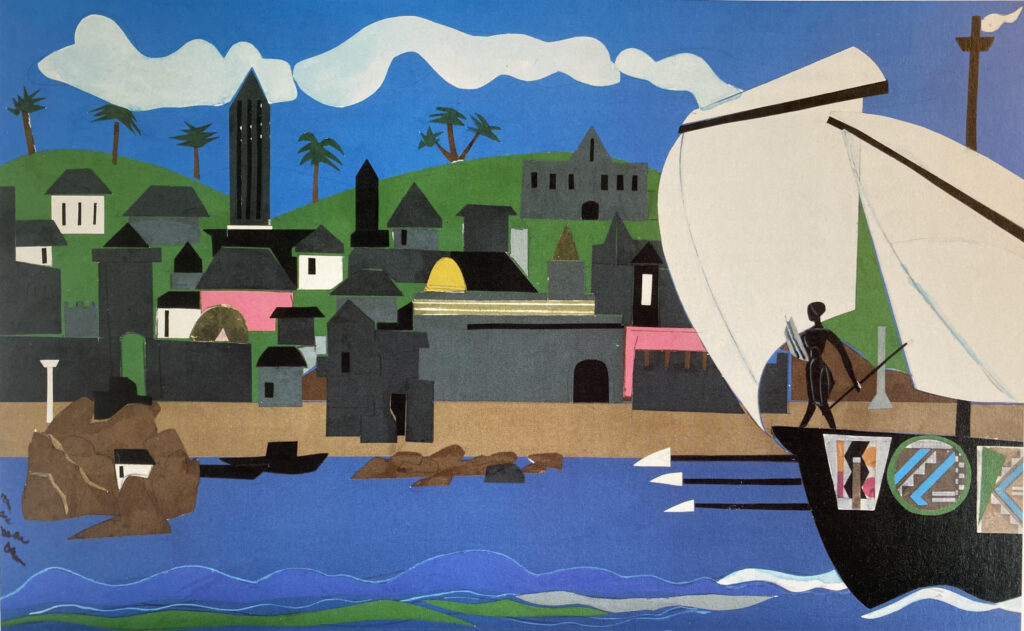Description
Core 151 Common Texts And Their Afterlives
All sections of Core 151 Legacies of the Ancient World are required to teach five texts: 1) one of the Homeric epics, 2) Genesis & Exodus, 3) a Platonic dialogue, 4) one of the Gospels, and 5) something from the Roman world. Instructors may add whatever additional texts they want to that fixed list.
Instructors of Core 151 come from many different departments across Colgate, and bring many different approaches and types of expertise to these texts. Some instructors place strong emphasis on the “afterlives” of the texts, that is, on how the texts have been reinterpreted, reimagined, and rewritten over the centuries. For some of us, the strongest justification for requiring Colgate students to read these texts is the fact that they are among the most frequently reread and re-appropriated texts in the world, and that by studying their many appropriations across time and distance, we learn something about these diverse communities of readers and what mattered to them. This enables us, ultimately, to think critically about ourselves as receivers of these texts.
Posts in this category can discuss films, poems, plays, novels, paintings, musical compositions, and other works that have been inspired by the Core 151 texts, examining how their makers interpreted the original text. Start by making a list of all the things that differ in the “afterlife” compared to the original text. Then consider how those changes change the meaning of the original story. Consider why the author or artist would have made those changes. What was their agenda? You will need to do some research on their historical context and biography in order to understand this. Why do you think the author/artist chose to retell one of these famous ancient stories as the way to get their point across, rather than just telling a new story? What do the changes they made to the original text reveal about our own values, compared to the values of the ancient author? And finally, how does the afterlife change the way you understand or think about the original text?
